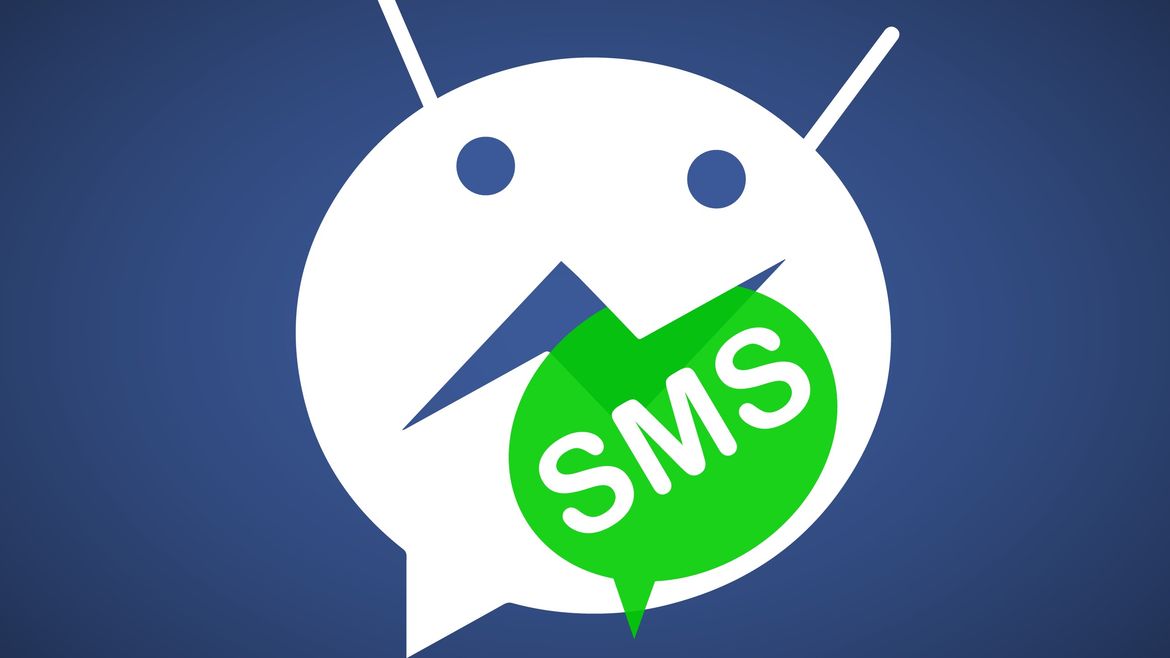Texts VS Messaging Apps
Texting is all around us
Do you have the same feeling we had for quite some time now? Meaning the ongoing threat of mobile messaging apps being the demise of SMS?
Sure, people enjoy the extra features. What is not to like? Stickers, chat box, grouping, voice support, file sharing, location sharing and even draw tools are present in almost all messaging apps. However, still the percentage of messaging app adoption is embarrassing compared to those of SMS. 97% of users are sending text messages and only 29% of smartphone users, mostly youngsters, are using those special apps. And there are not a few.
People are different. Businesses are different. There is no easy way to target everyone with the same approach. Grandparents have feature phones and parents just don't hustle with the extra pain of supporting an IM app. And as for the businesses or marketers are concerned, SMS has a special place in their “hearts”. SMS still thrives in many cases and scenarios. You wouldn’t like your bank to send your pin information through a messenger.
Let's think some facts about Messaging apps
• Even if apps are free to download, they aren’t truly free. You will be paying for the internet connection you use each month, just like you pay for your phone bill, unless you’re always at Wi-Fi Hotspots.
• Apps are not Universal. Your friends or family must have the same messaging app installed in order to communicate with you. Mobile messaging apps may be popular and easy to use, but if your friends don’t use the same app you do, communication is pointless, by default.
• Mobile messaging apps are mostly youth-oriented. According to studies of Pew Research Center, 90% of 18-29 year old use messaging apps, while less than half of 30-49 year old do the same.
• IM messaging is a best effort type of communication. It is more like a short email than anything else. Messages are delivered whenever the user is on network and willing to check the relevant app. Messages can be lost in dozen of notifications, messages and group messages among dozens of different apps. Skype, Viber, FB Messenger, Hangouts, Slack, WhatsApp, Telegram, Snapchat, Signal, Frozenchat, Silent phone and the list goes on and on and on.
• Regarding business value, unless for spam, spray and pray mobile marketing tactics, different groups would have to be targeted on different apps through different tools. Contact lists should be broken down to include preferred IM channel. Thorough reporting and analytics would be a dream.
Text messaging is already on every phone
• Is fast, easy and universal. You can target everyone with a mobile phone.
• Is native in the mobile networks and devices and ready for use. You don’t have to install apps to communicate, you just type your text message.
• SMS is personal and professional. If you want your message to get through, then SMS is the one way to go. You will rarely inform somebody about an emergency through an app.
• Text messages do not need data connectivity like 3/4G to work. A simple mobile connection is enough for your messages.
SMS will stand
People will argue that text messages had their place in the sun a few years back. That is an old technology about to become obsolete. Those statements are far from the truth. People are sending SMS and they’re going to do so in the days to come. Big companies like Microsoft and Google are using SMS campaigns in order to pass important and delicate information on to their users. So do banks and big organizations. Governments also use group SMS to alert people.
SMS is a quick, secure and direct way of communicating. At least a bit more than IM apps. This is not going to change for the years to come. Text messaging is universal. It works for all devices, in all networks. It is made for all the people.





